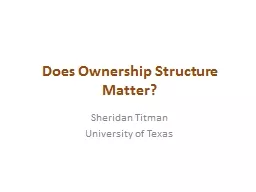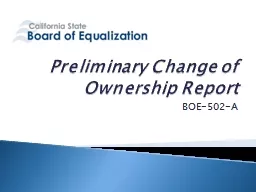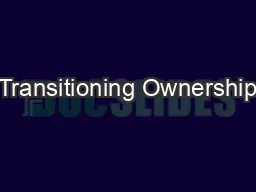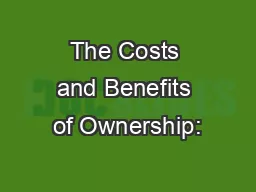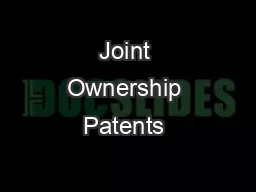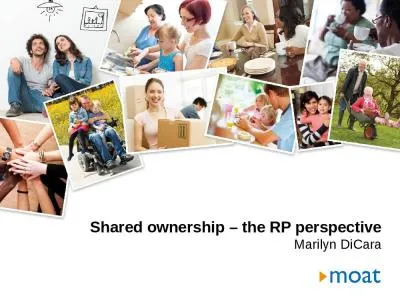PPT-Does Ownership Structure Matter?
Author : aaron | Published Date : 2017-04-13
Sheridan Titman University of Texas Observations Capital Assets are held in a variety of ownership structures Public Corporations Private Family Businesses Private
Presentation Embed Code
Download Presentation
Download Presentation The PPT/PDF document "Does Ownership Structure Matter?" is the property of its rightful owner. Permission is granted to download and print the materials on this website for personal, non-commercial use only, and to display it on your personal computer provided you do not modify the materials and that you retain all copyright notices contained in the materials. By downloading content from our website, you accept the terms of this agreement.
Does Ownership Structure Matter?: Transcript
Download Rules Of Document
"Does Ownership Structure Matter?"The content belongs to its owner. You may download and print it for personal use, without modification, and keep all copyright notices. By downloading, you agree to these terms.
Related Documents

